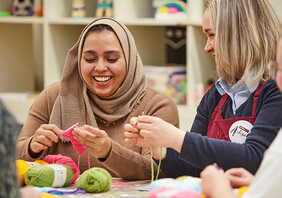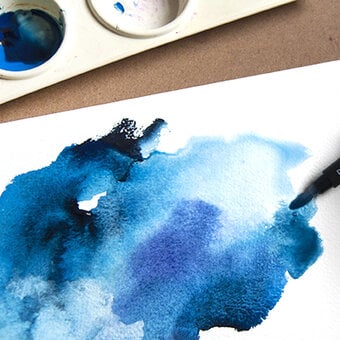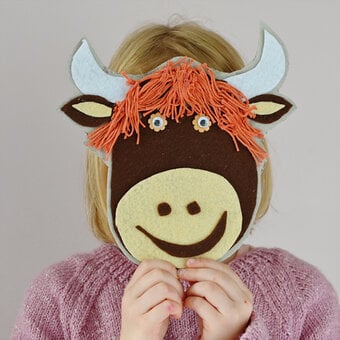Using Charcoal Pencil with Artist Robert Dutton
Learn the basic techniques and tools required to begin a charcoal artwork and the process of layering techniques that build up a finished piece.
Get your charcoal pencils out and follow along to see what new tips and tricks you can pick up along the way. Drawing is a great mindful activity to distract you from everyday life!
Project and instructions by Robert Dutton
You will need
Subtotal
Is $ 18.00
Subtotal
Is $ 14.00
Subtotal
Is $ 18.00
Subtotal
Is $ 12.00
Subtotal
Is $ 8.49
How to make
When expressively drawing quite often my chosen media to use is charcoal. Derwent Charcoal Pencils are highly versatile, with rich pigments that allow a wide variety of tonal marks to be built up with little fuss. The none-dusty pigments are another added bonus meaning more pigment remains on the drawing than the floor!
These pencils are a perfect addition to any artists repertoire – especially those who like to travel and sketch light with a versatile drawing medium and who require in particular a clean way of working.
Trying out different surfaces and different textured paper is a great way to discovering what works best for you and your drawing approach with any art materials. I have used a number of different papers and surfaces to show how versatile the Derwent Charcoal Pencils can be. The weight of the paper is 300gsm (140lb) so it's robust enough to accept lots of different drawing techniques from delicate marks to heavy pressured strokes without tearing the paper.

Begin with using the sharpened point of all three grades of Dark, medium and Light Derwent Charcoal Pencils lightly cross hatched over the surface of the watercolour paper (this is a great way to build up tones in your drawings). Leaving wider gaps between each pencil stroke allows the white of the paper to optically affect the collection of regular strokes and make them look lighter, closer drawn strokes increase a darker optical shade.
Increasing the number of cross hatched marks in different directions and varying the gaps between each cross hatched layer also increases a variety of interesting tonal areas in your drawings. The same amount of pressure was applied to each pencil, there is a noted difference between the light and very dark pencil application but not much of a change between dark and medium.
The central parts of each square were covered or masked with torn paper to protect them from fixative. The outside of the squares were then given an even spray of aerosol fixative to darken the pencils in each square. The use of fixative is a recognised technique when drawing – it improves versatility when drawing as the layers are fixed in place to allow yet more layers over base layers to build rich layering in a drawing. Once the mask was removed, the central protected areas in each square is confirmation of this positive use of fixative when drawing.
The same processes were applied to the bottom row of technique examples. Here tone was explored more by gently drawing the pencils over each designated area with the separate grades of pencils in circular movements. The effect builds up comparison tonal areas with all three charcoal pencil grades. The light areas of white in each swatch are the hollows in the paper texture.

In the drawing examples below I have used all three grades of the charcoal pencils on a heavyweight watercolour paper (300gsm). Using the pencils at an acute angle on their side, the pigment was scumbled over the surface.
In the example ‘a’ using the light pencil, the marks made were more loosely side stroked than the circular deposits with the dark pencil (example ‘b’) and medium pencil marks (example ‘c’). Using a large watercolour brush loaded with clean water the brush was used in each of the examples separately to lift, move and ‘paint’ with the charcoal.
Once dry, the subtle wash tones were revealed. By drawing and then painting with charcoal you can create a multitude of wash and line and tonal drawing effects with these pencils further extending the range of drawing possibilities.
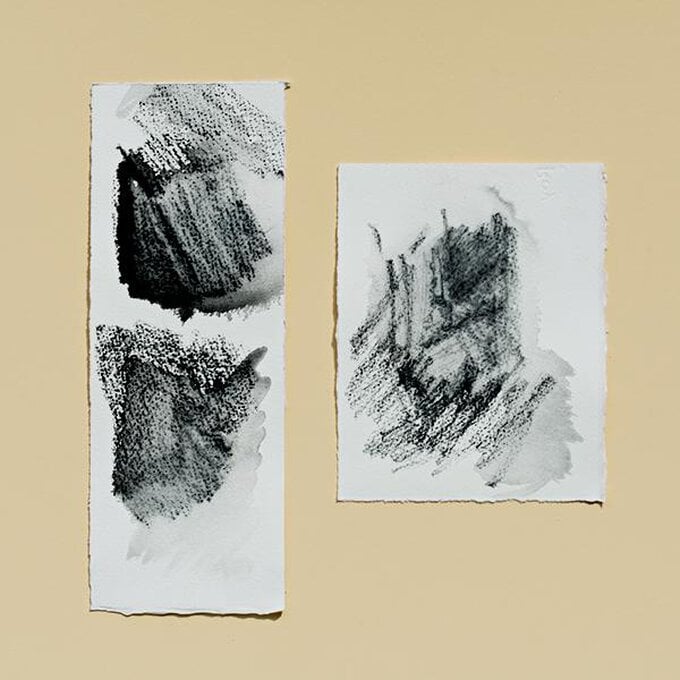
Smooth paper is the preferred option for artists who require precision drawing techniques in their work. The tight weave of the drawing surfaces are far considerably less textured than hot pressed or rough watercolour papers for example. You can see these results in the example top left using all three grades of pencils with parallel lines, cross hatch and gradual tone.
I introduce the white charcoal pencil in the examples top right. This is very effective on coloured papers to imply highlights when drawing which we will focus on in the next techniques section on a coloured sanded textured pastel paper. I found that the white charcoal pencil was very useful for extending the range of tones with the Light, Medium and dark pencils when mixed.
In the top right there are nine squares, the first column is the solid tonal area of dark, then medium followed underneath by light. In the middle column, the tones are repeated but at the right hand edge of each blending is taking place - this has been done with a sharp white pencil. With evenly applied strokes into and on top of the unfixed black charcoal grades, a effective solid grey tone is created with the use of the white. The right column has been blended with the use of the Derwent blending paper stumps – very useful tools indeed for clean blending.
In the lower area of the sheet on the left, the white pencil has been used to blend into larger areas of each grade of the black charcoal. The blend down the centre, by comparison, is with a vertical light pressure stroke using the Derwent eraser to blend. Bottom right each grade of black charcoal pencil has had ‘subtractive’ drawing applied to each - this is created when pigment is removed from the paper as shown to reveal the lighter paper underneath.
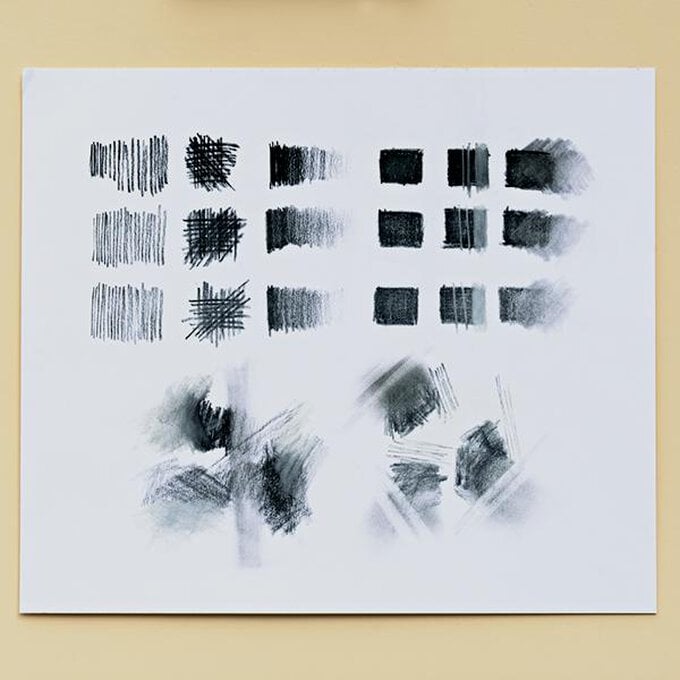
Working on a dark background (in this case a dark brown sanded surface pastel paper that is 350gsm in weight), the drawing properties of the white pencil become really effective. Normally when working on a dark background with dark colours they recede, become subdued, not so in this case.
The white charcoal pencil has lifted the tones so they are effectively enhanced in every single square.

Putting the pencils into practice!
The drawing began with loose gestural strokes of steel grey paper – a mid tone paper which helped show off the quality of the white, light, medium and dark charcoal pencils.

Having outlined the main compositional elements with all black pencils, interchanging regularity between each, I quickly was able to establish the framework for all drawing. Next came the highlights to keep the drawing in balance.
I found the white pencil not only a very useful to imply highlights in the rock face of Malham Cove and clouds above but also to act in part, like a blending tool itself to create transitional tones from dark to light in lots of interesting ways. The additional use of white help builds up this richly layered drawing even in the early stages.

Using a wide variety of continued linear marks – cross hatching and blending whilst varying the pressure of the strokes, the shapes, form and tones in the drawing quickly developed.
The rich high grade charcoal pigments in the pencils inspired a clean method of drawing helping keep everything controlled and progressive. Fixative was used at regular stages during the layering of tones to increase the darks and add more drama and contrast to areas within the composition.

Having both mid tones, highlights and some darks it was the turn of the foreground to receive greater attention with increased pressure strokes interchanging between pencils as I worked

I used the dark pencil in selected areas to increase the tonal range to add more depth in chosen areas of the drawing.

Foundation drawing completed.

In several areas of the drawing (to include chosen areas in the clouds) the Derwent blending paper stumps easily created controlled smoother passages of the clouds forms and weathered rock faces adding a smooth blend to them I particularly liked and found useful.
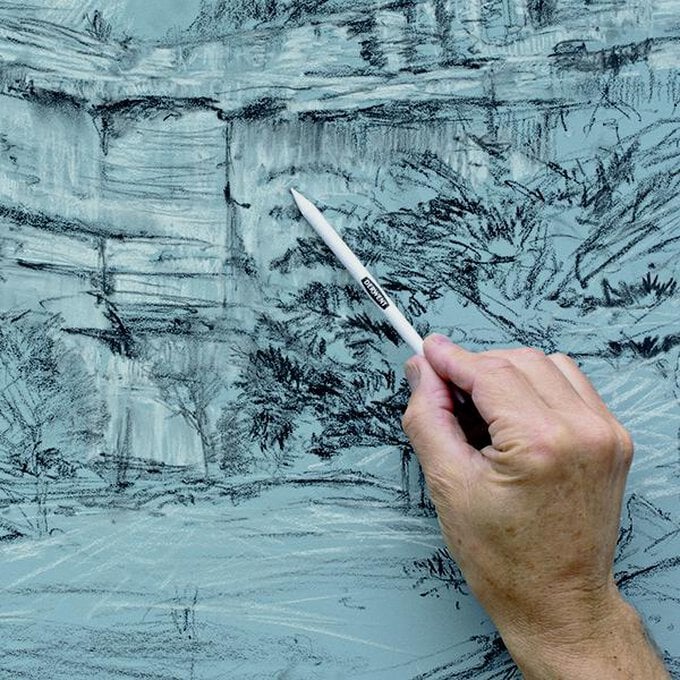
As a different response to slightly more textures areas in the clouds created using the different pencils, I wanted to express the smoother transient effects in some clouds.
I masked off the drawn areas under the clouds in the cliff face to protect them for the next stage – blending. Using a thin piece of torn white photocopy paper I held this in place with some masking tape so it didn't move. Using the large Derwent Paper Stump, I carefully blended areas of white, light and medium pencils together to create different tones of grey in the cloud forms as shown crossing over the paper as I worked to ensure an even tone next to the rock face.

Once the paper was removed this was the result – smooth transient area of blending with a sharp clean edge adjacent to a contrasting more linear drawn area in the limestone rock face of Malham Cove.

To increase the visual expressive response to textured surfaces in the drawing I chose to use a wet watercolour brush to help 'paint' with the charcoal. Selecting unfixed areas the high pigmentation of the charcoal pencils dissolved quickly and easily together to form a rich black 'movable paste' to paint with.
These washes worked brilliantly to add contrasts in texture to all the drawn areas throughout the composition and create visual interest as well as expressive response in particular to shadow areas under the foreground Hawthorn tree.

Once these washes had dried the entire painting was assessed for brightest high key areas (whites) rich darks (dense shadows) and subtle halftones.
Final marks were created in all these areas to increase maximum contrasts to complete this expressive yet accurate drawing of the dramatic vantage point.







